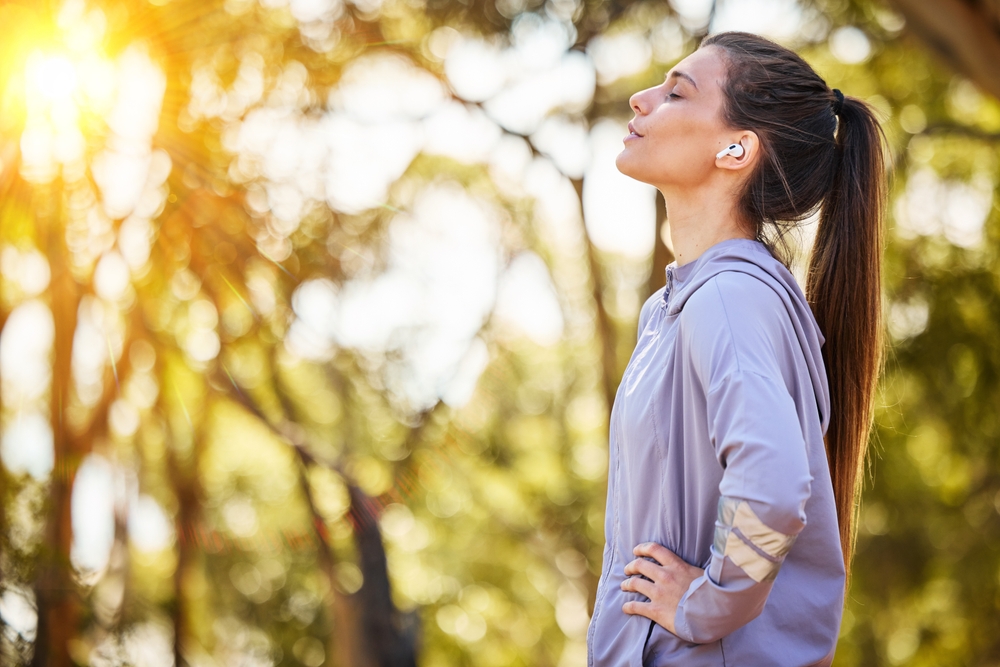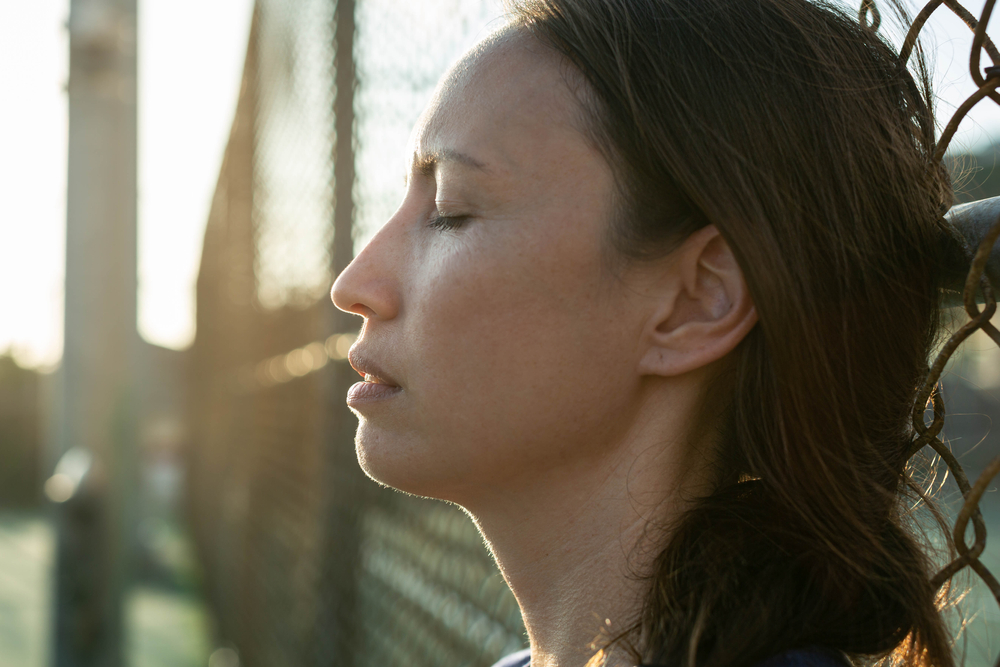Make an Appointment
Mental health disorders affect over 8.6 million Australians (43.7%) at some point in their lives . Yet stigma, cost and distance often prevent timely support. Assistive technology (AT) bridges these barriers by delivering discreet, on-demand tools that foster self-management, enhance resilience and expand reach beyond clinic walls.
Whether it’s a smartphone app teaching cognitive behavioural techniques, a wearable that senses rising stress, or a virtual reality (VR) environment for graded exposure therapy, AT enhances four key areas:
- Accessibility: Removes geographic and time constraints through telehealth and mobile solutions .
- Engagement: Interactive interfaces and gamification boost adherence to therapeutic exercises.
- Monitoring: Real-time physiological data (heart-rate variability, breathing patterns) alerts users and clinicians to early signs of distress.
- Personalisation: Adaptive algorithms and clinician oversight ensure interventions match individual needs.
By integrating digital self-help, biofeedback, immersive exposures and peer-support networks, AT transforms mental-health care into a continuous, person-centred journey, empowering users to manage symptoms and maintain daily functioning with greater confidence.
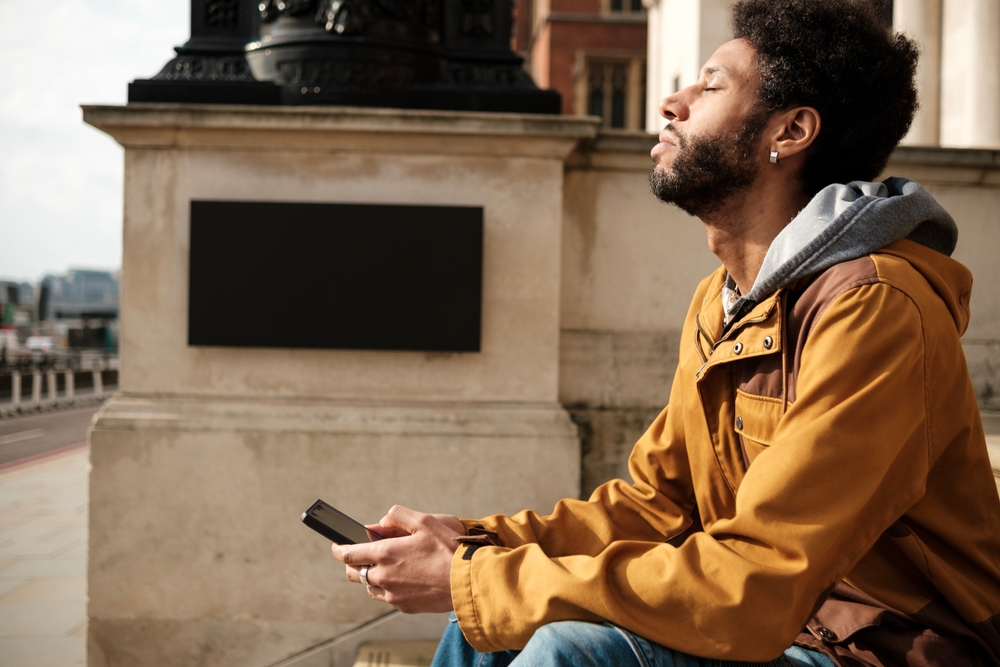
How Is Technology Used to Help Mental Health?
Contemporary AT solutions tackle four core challenges in mental-health care:
A. Digital Self-Management & Psychoeducation
- Interactive e-Therapies: Programs like myCompass and MoodMission provide modular CBT and acceptance exercises, enabling skill practice at will and progress tracking over time .
- Psychoeducational Libraries: Video explainers, infographics and quizzes within apps educate users about triggers and coping strategies, fostering informed self-care.
B. Real-Time Physiological Monitoring
- Wearable Biofeedback: Devices such as Empatica Embrace+ and Spire Stone detect stress indicators, heart-rate variability, skin conductance, and prompt breathing or mindfulness exercises when thresholds are exceeded .
- Smartphone Sensor Analytics: Machine-learning models analyse typing speed, voice tone and facial expression to infer mood shifts, delivering tailored prompts at the app level.
C. Immersive & Exposure Therapies
- Virtual Reality (VR): Therapist-guided VR modules create safe, controllable environments for graded exposure to social situations or phobic stimuli. Early trials report significant anxiety reductions after 6–8 VR sessions .
- Augmented Reality (AR): AR overlays calming visual elements, like virtual aquariums, onto real-world views, providing immediate distraction and grounding techniques.
D. Enhanced Connectivity & Support
- Telehealth Platforms: Secure video and messaging tools (Healthdirect, Coviu) enable remote therapy, group workshops and AT onboarding, especially vital for rural or mobility-limited clients .
- Peer-Support Networks: Moderated forums (Beyond Blue, SANE Australia) facilitate anonymous sharing, reducing isolation and normalising help-seeking.
- AI Chatbots: Woebot and Wysa deliver on-demand conversational CBT, monitoring risk indicators and escalating to human clinicians when needed .
These convergent technologies make mental-health care more accessible, engaging and responsive, enabling continuous support beyond traditional appointments.
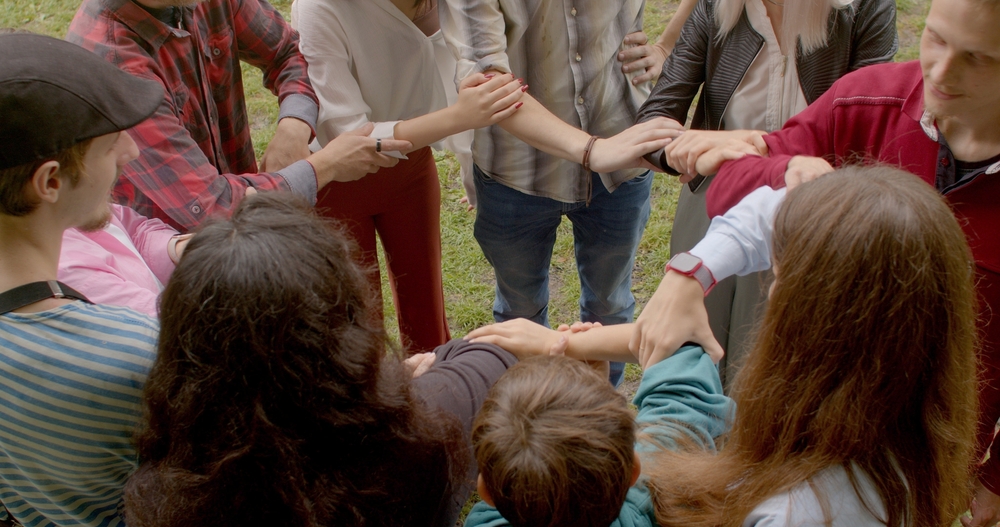
The 5P Framework for Assistive Technology
A sustainable AT ecosystem relies on five interconnected pillars :
- People: Engage users and carers in co-design to ensure tools meet real-world needs and preferences.
- Policy: Advocate for funding via NDIS, Medicare’s Better Access and digital-health rebates, ensuring affordability.
- Products: Maintain a diverse catalogue, from free apps (myCompass) and subscription platforms (Calm) to prescription digital therapeutics.
- Provision: Integrate AT assessments into routine Occupational Therapy and Psychology consultations; train “digital navigators” to guide setup and troubleshooting.
- Personnel: Upskill allied-health teams: Occupational Therapists, physiotherapists, psychologists, in AT selection, customisation and outcome monitoring.
By addressing all 5Ps, service providers deliver person-centred, equitable and sustainable AT solutions that enhance mental-health outcomes.
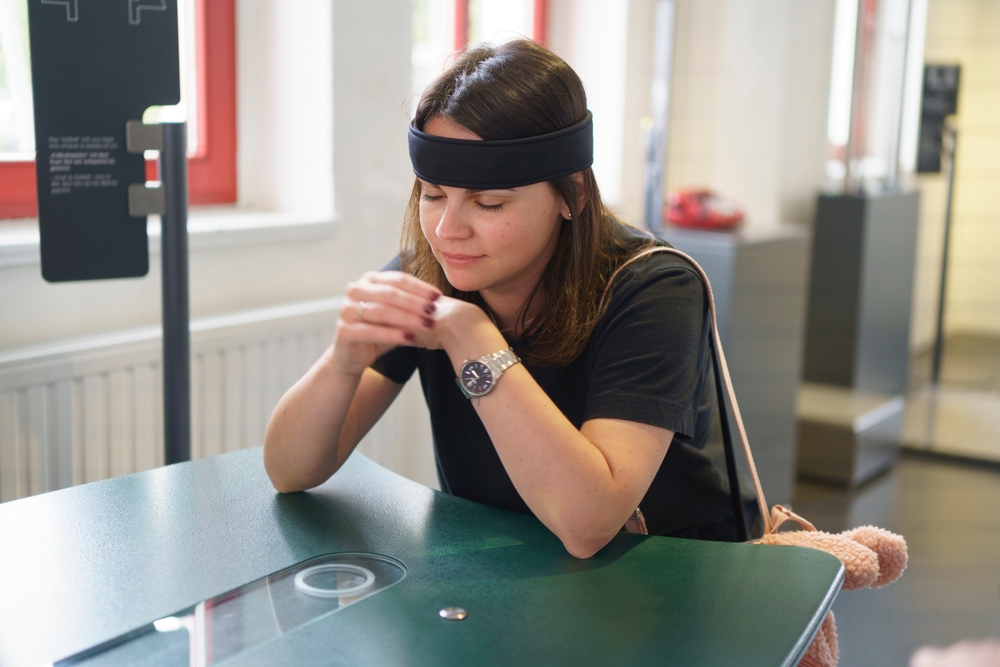
Examples of Assistive Technology for Mental Health
A wide spectrum of AT tools supports different facets of mental-health recovery:
Digital Self-Help Programs:
- myCompass (Black Dog Institute): Interactive online CBT for anxiety/depression .
- Sleep Ninja®: CBT-I app improving insomnia and anxiety .
Wearable Biofeedback Devices:
- Empatica Embrace+: Detects stress markers, prompts guided breathing.
- Spire Stone: Monitors breathing cadence, offers relaxation cues.
Virtual & Augmented Reality:
- Tripp VR: Immersive relaxation and exposure scenarios for anxiety disorders .
- AR mindfulness overlays via smartphone for in-the-moment grounding.
Medication & Routine Management:
- Medea: Medication reminders and side-effect tracking.
- Smart pill dispensers (e.g. Hero) that lock and release doses on schedule.
Peer-Support & Community Platforms:
- Beyond Blue forums: 24/7 moderated peer support.
- SANE Australia chat: Anonymous volunteer-based emotional support.
- Telehealth & AI Chatbots:
- Secure video therapy and AT training via Physio Inq’s telehealth.
- Woebot, Wysa: Automated CBT coaching with escalation pathways.
These examples demonstrate how AT can be layered, from self-guided apps to clinician-supported wearables, creating a comprehensive support network.
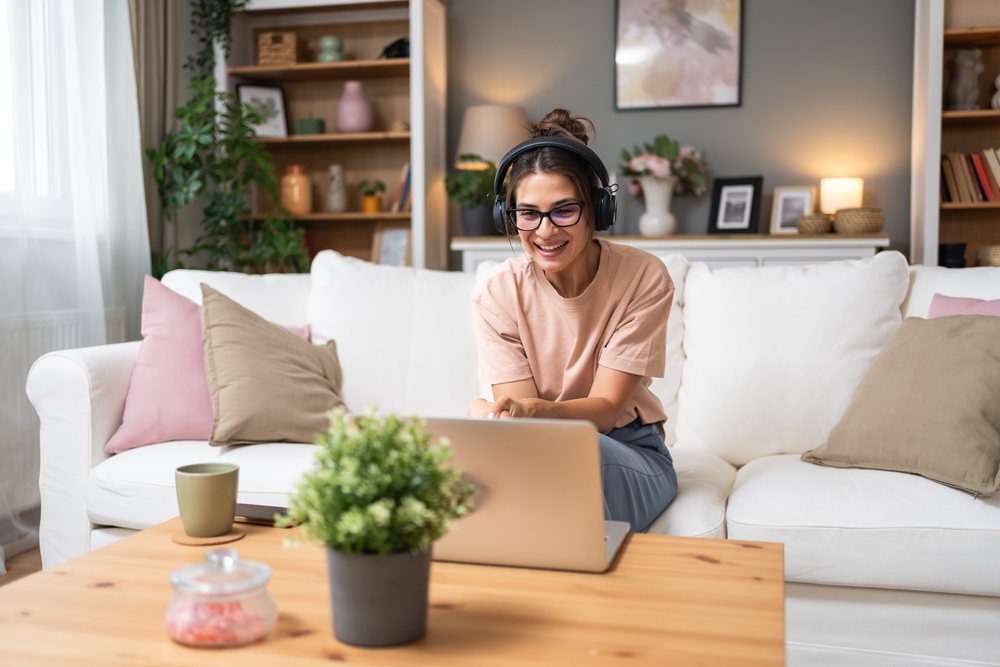
What Assistive Technology Is Available for Anxiety?
Anxiety-focused AT equips users with real-time coping and prevention strategies:
Mindfulness & Breathing Apps:
- Calm, Headspace, Smiling Mind: Guided meditations, SOS breathing sessions.
- Pacifica: Combines mood tracking, muscle-relaxation audio and goal-setting prompts.
Wearable Stress Trackers:
- Empatica Embrace+, Spire clip: Instant alerts when physiological stress markers spike, cueing immediate relaxation exercises.
VR/AR Exposure & Relaxation:
- Psious VR: Therapeutic modules for social-anxiety exposure.
- AR calming overlays providing virtual nature scenes in one’s immediate environment.
AI Chatbots & Text Therapy:
- Wysa, Woebot: 24/7 conversational CBT, personalised to user responses and risk levels.
Smart Environment Controls:
- Smart Lighting (Philips Hue): Automates warm, dim light for wind-down routines.
- White-noise or nature-sound apps on smart speakers to mask intrusive noises.
Telehealth Coaching:
- Video-based CBT/ACT sessions with Occupational Therapists, embedding AT into daily anxiety-management plans .
By combining passive monitoring, active guided exercises and professional oversight, AT for anxiety offers immediate relief and long-term resilience building.
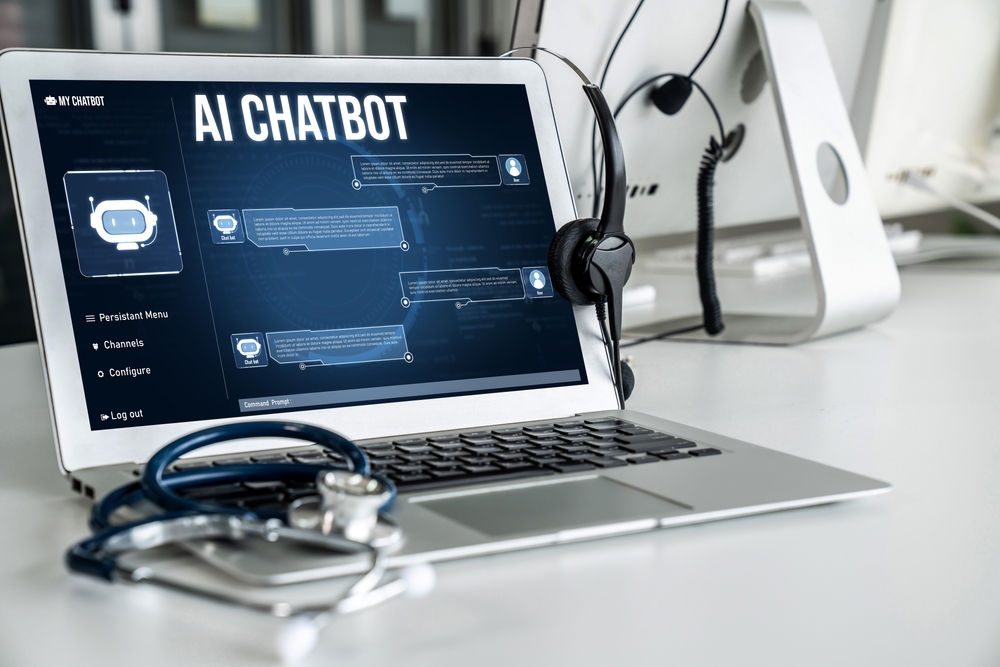
Frequently Asked Questions (FAQs)
Q1: How can technology complement face-to-face care?
AT extends therapy beyond clinic walls: delivering on-demand exercises, continuous monitoring and remote clinician check-ins to reinforce in-person sessions.
Q2: What are the “5P” pillars of AT?
They are People, Policy, Products, Provision and Personnel, the WHO GATE framework for person-centred, accessible AT .
Q3: Are mental health apps clinically effective?
Yes. Apps like myCompass and Sleep Ninja® have proven reductions in anxiety, depression and insomnia in controlled trials .
Q4: How do I choose the right AT tool?
Partner with an Occupational Therapist to assess your needs, trial devices/apps and tailor configurations to your daily routine.
Q5: Can AT replace traditional therapy?
AT is a powerful adjunct but complements rather than replaces professional care, extending clinician reach and supporting ongoing self-management.

Assistive technology is revolutionising mental-health support, providing scalable, evidence-based tools that empower self-management and enhance quality of life. From digital CBT and biofeedback wearables to VR exposure and telehealth coaching, AT augments traditional therapy and breaks down barriers to care.
Next Steps:
- Book an Occupational Therapy Assessment with Physio Inq to explore AT options tailored to your needs.
- Trial Your Selected Tools under therapist guidance to ensure optimal setup and usage.
- Integrate AT into Daily Life with ongoing telehealth follow-ups to adapt and refine strategies.
Contact Physio Inq on 1300 731 733 or book online to begin your personalised AT journey, so you can live with greater confidence and control.
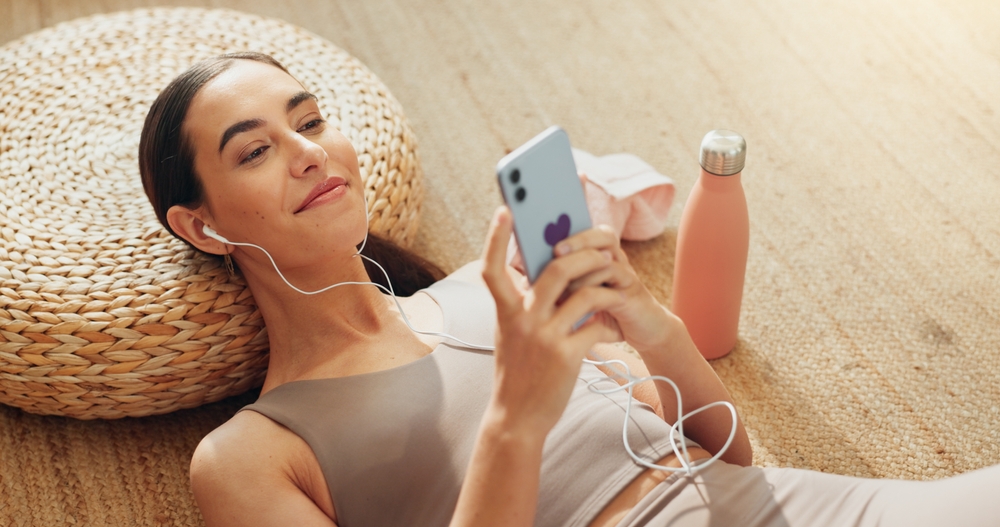
Date Published: Tuesday, May 27, 2025
Locate a Occupational Therapy Telehealth
Service Near me
Get the experience & convinence you deserve to support your or a loved one's allied health needs.
Our Occupational Therapy Telehealth team are currently serving & taking appointments in the following states and regions in Australia:
Need to get into direct contact with ur Client Services team? We're all ears. Call our team directly on 1300 731 733
